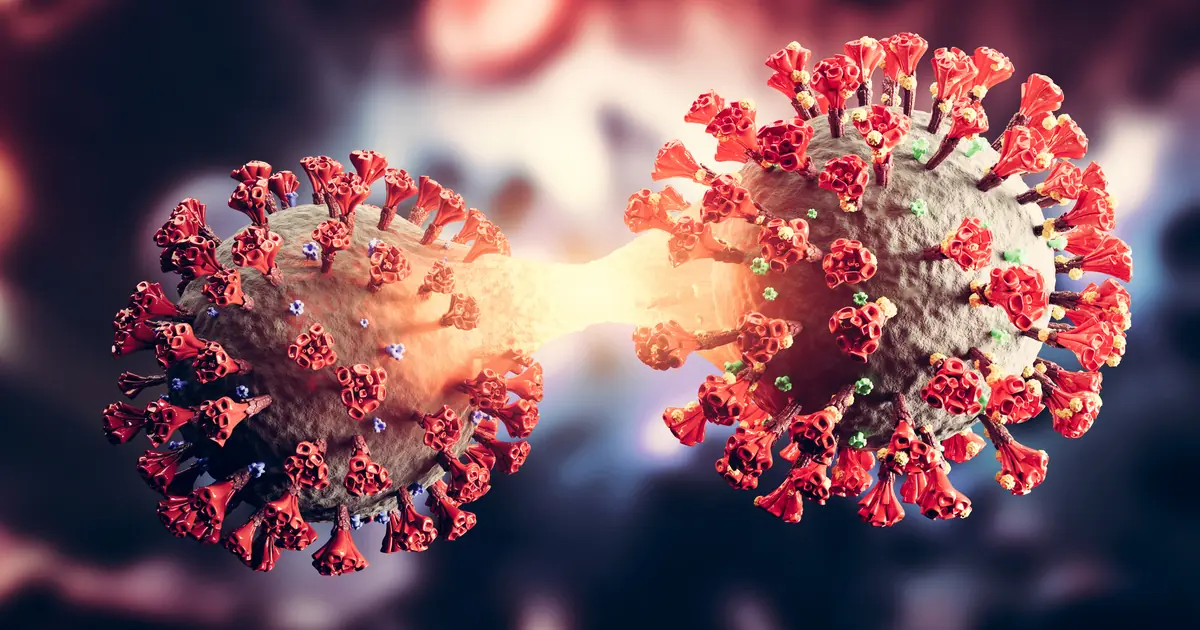
ScienceScientists Found The Hidden Factor Behind the Global Infertility Crisis, And It’s Terrifying
In what experts are calling one of the most alarming medical findings of the decade, a team of international scientists has uncovered a hidden but powerful factor contributing to the global infertility crisis. With fertility rates plummeting in countries across the world—from the United States and Japan to parts of Europe and Southeast Asia—this new revelation could change the way we understand reproductive health forever.
For years, researchers have pointed to lifestyle factors such as stress, poor diet, late childbearing, and environmental pollution as major culprits behind declining fertility. However, this new study—recently published in the Journal of Reproductive Health—suggests that an overlooked and pervasive cause may be playing a much larger role: endocrine-disrupting chemicals (EDCs).
EDCs are synthetic compounds commonly found in everyday products: plastics, cosmetics, pesticides, canned food linings, and even tap water. These chemicals interfere with the body’s hormone system, mimicking or blocking natural hormones like estrogen and testosterone. The result? A dangerous hormonal imbalance that silently affects both male and female fertility.
The study tracked over 10,000 individuals across five continents, comparing reproductive hormone levels, sperm quality, ovulation patterns, and exposure to common EDCs. The findings were nothing short of chilling: people with higher levels of these chemicals in their bloodstream showed a 35–50% reduction in fertility markers compared to those with minimal exposure.
Even more disturbing, the effects were intergenerational. Researchers found that children born to individuals with high EDC exposure were more likely to face reproductive health issues themselves—suggesting a legacy of infertility being passed from one generation to the next.
Dr. Helena Morris, one of the study’s lead researchers, commented, “What we’re seeing is not just a health issue—it’s a global biological emergency. These chemicals are embedded in modern life. We eat them, breathe them, and bathe in them. And most people have no idea.”
The terrifying part is how invisible and unregulated many of these substances are. Unlike drugs or food ingredients, EDCs often slip through weak regulatory frameworks and end up in consumer products without long-term safety testing. In fact, some chemicals banned in Europe are still widely used in other parts of the world, including the U.S. and Southeast Asia.
While the researchers stop short of declaring a global fertility collapse, the implications are sobering. If trends continue, some nations could see their populations halve within a few generations—not due to lack of desire for children, but because of an inability to conceive.
So, what can be done?
Experts recommend taking immediate steps to reduce personal exposure to EDCs. This includes:
-
Avoiding plastic containers for food and drink, especially when heated
-
Reading ingredient labels on cosmetics and cleaning products
-
Choosing organic foods when possible to limit pesticide intake
-
Using water filters that reduce chemical contaminants
At a broader level, scientists are calling for stricter international regulations on chemical manufacturing and labeling, as well as more funding for public education and long-term fertility research.
The infertility crisis is not just a private issue—it has deep social and economic consequences. Shrinking populations can strain healthcare systems, disrupt economies, and accelerate the aging crisis. But perhaps the scariest part is that all of this is happening quietly, unnoticed, right under our noses.
The discovery of this hidden factor might finally push policymakers, corporations, and individuals to wake up and take action. Because if nothing changes, humanity could be facing a future where conception becomes increasingly rare—and natural birth, a privilege rather than a norm.
News in the same category

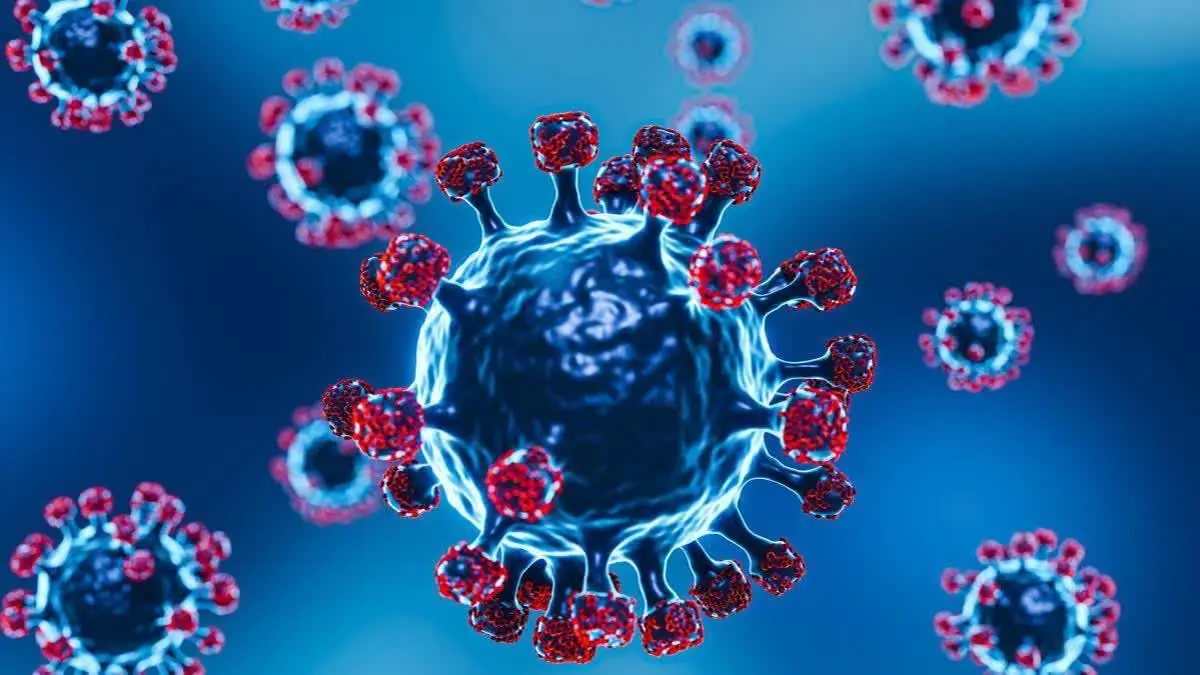
Experts Warn: Highly Infectious "Stratus" Now Dominant COVID Strain

British Woman in Coma After Tattoo During Bachelorette Trip to Spain
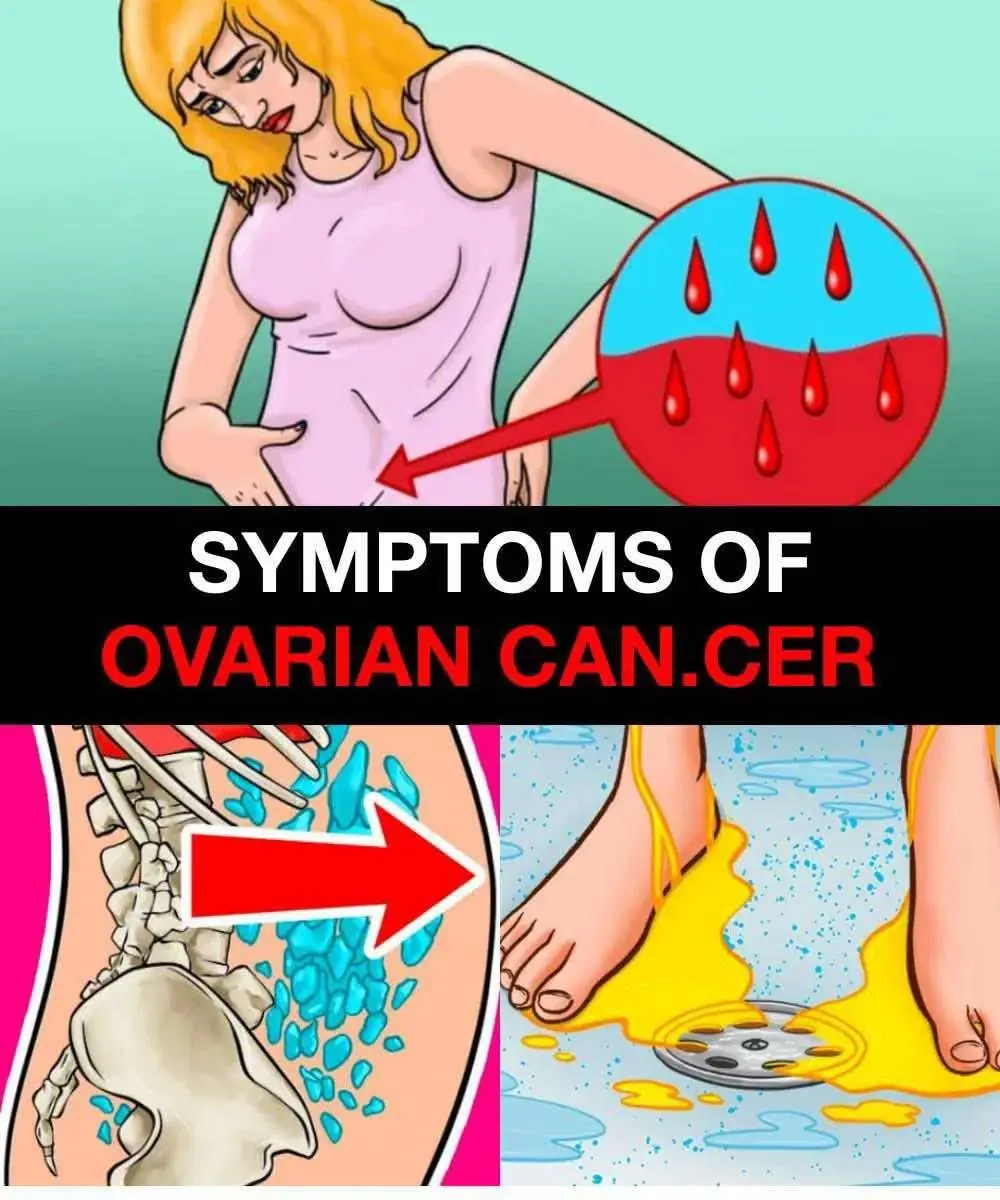
The link between ovarian and breast cancer

Doctors couldn’t believe what they saw during the ultrasound

Unlock Your Glow: The Science-Backed Vitamins and Foods for Radiant Hair, Skin, and Nails

The Unsettling Truth About Hot Dogs and Processed Meats

Woman Mistakes Deadly Illness For Perimenopause—Dies Suddenly
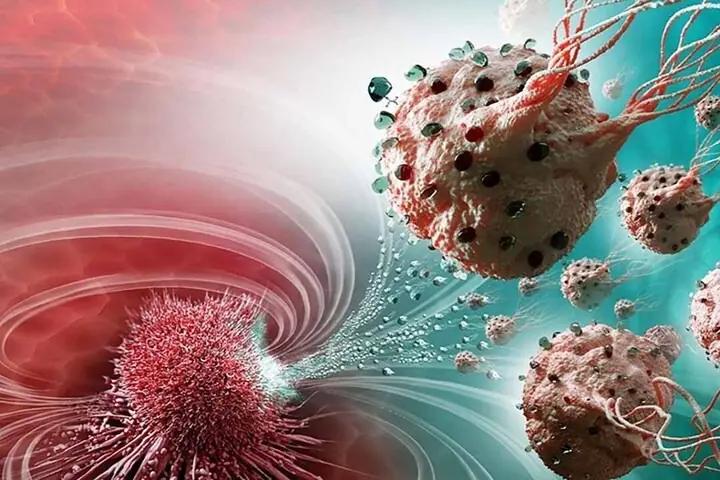
Chilling Simulation Shows How Cancer Takes Over The Body—Viewers Horrified

Rubbing Ginger on the Soles of Your Feet Before Bed: Discover the ‘Miraculous’ Health Benefits
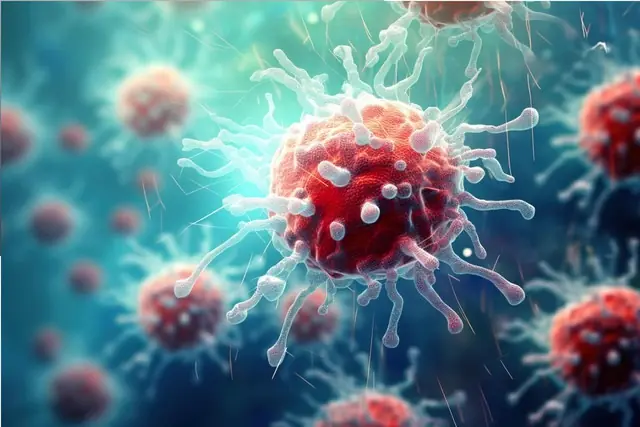
5 Common Recurring Illnesses That May Be Warning Signs of Cancer

Stage 3 Colon Cancer Discovered Through a Symptom That Occurred 10 Times a Day

Mold Illness: What It Is and Hidden Signs You Have It

Cold Water vs. Warm Water: Which is Better For Your Health?

How to Get Rid of Bad Breath (Halitosis): Scientifically Proven Home Remedies

Do You Sleep With Your Cat? You Could Be At Risk For This Silent, Deadly Disease

10 Habits That Harm Your Heart That You Probably Didn’t Know About

15 Common Cancer Symptoms You Shouldn’t Ignore
News Post

Doctor Warns: New COVID Variant Could Mimic Allergy Symptoms

Experts Warn: Highly Infectious "Stratus" Now Dominant COVID Strain

British Woman in Coma After Tattoo During Bachelorette Trip to Spain

The link between ovarian and breast cancer

My MIL Tried to Ru in My Life, but a Stranger’s Secret Changed Everything
When I stopped to buy a knitted bunny from the old woman on the corner, I had no idea how it would disrupt my mother-in-law Eloise’s plans. That simple act set off a chain of events, unearthing secrets Eloise had tried so hard to bury. It was the moment

Mother of the Groom Accu sed of Ru ining Wedding After Wearing "Wrong" Dress — But Was She Really Wrong?
All Charlotte wanted was to support her son on his big day, but when her outfit sparked drama with the bride, accu$ations flew. Did she cross a line—or was it all a misunderstanding?

Grandma's Will Left Me Nothing—Until I Uncovered Her Hidden Plan
Discover the powerful story of how a woman fought to save her family farm and uncovered her grandmother’s secret plan that changed her life forever. A story of resilience, betrayal, and family legacy.

An Unknown Girl's Words Drive the Bride to Faint at Her Own Wedding

You’re a Predator, Not His Wife!’ – My Father-in-Law’s Venomous Words Publicly Destroy Me
Elena’s life with her fiancé Andrey is turned upside down when his father, Viktor Pavlovich, publicly insults her, accusing her of being a gold digger. As tensions rise and Andrey remains silent, Elena uncovers dark secrets about his family’s busines

Mother-in-Law Accuses Me of Bewitching Her Son – But the Sh0cking Truth About Our Family Shatters Everything!
Elena’s relationship with her mother-in-law, Margarita Pavlovna, has always been strained. But when Elena and Anton announce their pregnancy after years of struggle, Margarita’s harsh comments and disruptive behavior reach a breaking point. With tensi

The Medical Staff Was Mesmerized by the Newborn – Then Came a Moment That Gave Everyone Goosebumps!
When Amira’s son Josiah was born, everything seemed ordinary — except for one thing: his heartbeat. It was perfect, too perfect, and soon, strange events began unfolding around him. From synchronized monitors to an uncanny ability to calm others, Josi

My 5-Year-Old's Question ‘Mom, Do You Want to Meet Your Clone?’ Unveiled a Secret I Never Expected
A week before her wedding, Emily’s five-year-old daughter mentions a mysterious "clone" she’s been seeing. At first, Emily laughs it off, but when a hidden camera reveals an unsettling truth, the secrets buried since her birth come to light, unravelin

When My Future MIL Showed Up in the Same Dress as Me, My Groom’s Response Left the Whole Church Speechless!
A week before her wedding, she walked in on her future mother-in-law secretly photographing her dress. It seemed strange, but harmless — or so she thought. But when the big day arrived, the church doors opened... and in walked her MIL, wearing the exact

When the Doctor Revealed Mom's Last Words, My Selfish Sister's True Colors Came Out!

Caught My Husband and His Heavily Pregnant Ex at a Clinic: What He Whispered Made My Heart Stop!
When I overheard my husband whispering to his ex-wife in that clinic waiting room, my world seemed to collapse. "She can't find out," he murmured, and I was certain I understood the awful secret they were keeping.

Doctors couldn’t believe what they saw during the ultrasound

THE SON AND HIS WIFE FORCED AN OLD MAN OUT OF HIS OWN HOME—UNTIL A DOG LED HIM TO A NEW BEGINNING
After being k!cked out by his own son, Wilson, a widowed father, finds an unexpected warmth in the company of a stray dog and a compassionate woman.

The Cop Who Put My Brother in Ja il Now Wants Redemption – What He Told Me Changed Everything
A cop's unexpected confession changes everything for a woman whose brother went to pr!son because of his testimony. Discover how forgiveness, second chances, and an open heart can heal the past and bring hope for the future.

Families Demand Answers After Pilot’s Personal Struggles Come To Light
